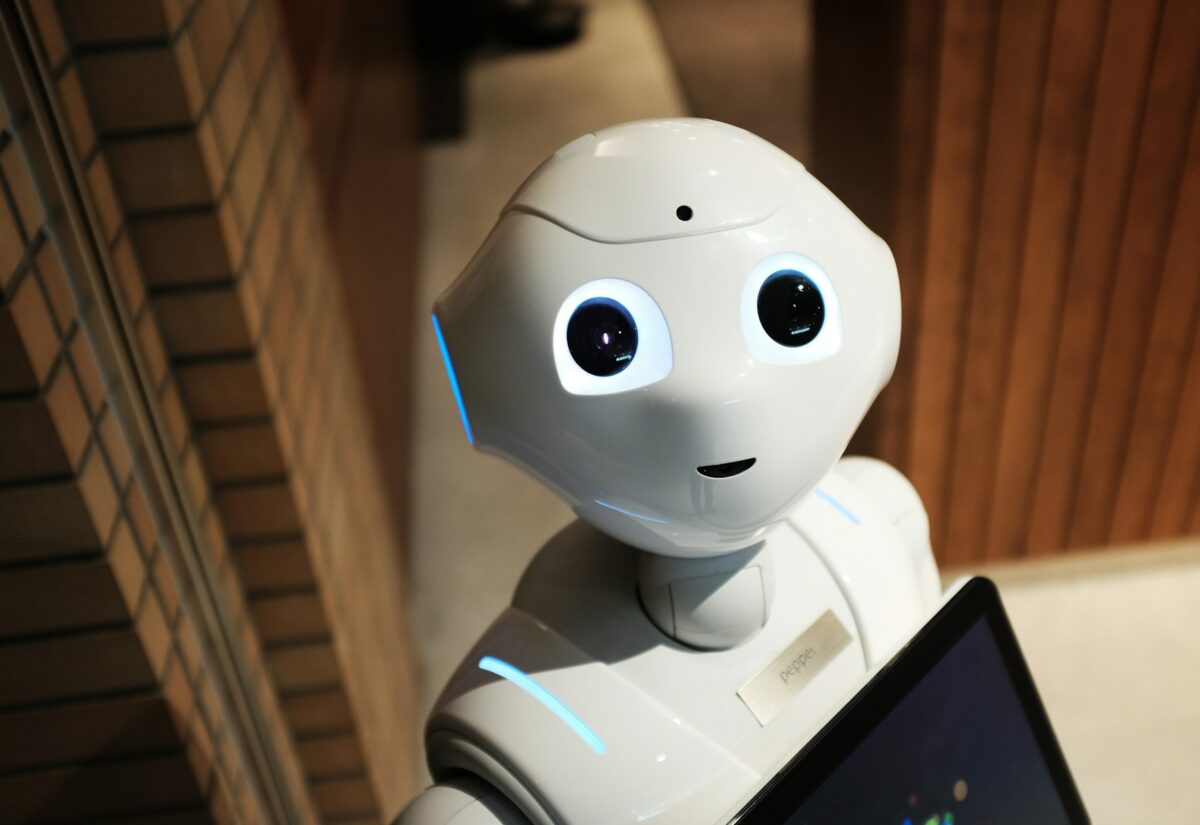 Unsplash/Alex Knight
Unsplash/Alex KnightMany of the gadgets, tools, and concepts we think of as distinctly modern have roots that stretch much further back than most people realise. Whether born from necessity, curiosity, or experimentation, these early versions of today’s innovations reveal just how inventive our ancestors were. They might not have had microchips or lithium batteries, but they certainly had creativity and ambition. Here are 12 modern inventions that are actually centuries old, and in some cases, thousands.
The alarm clock existed in ancient Greece.
We tend to think of alarm clocks as a 20th-century invention, tied to the industrial age and rigid work schedules. But the ancient Greek philosopher Plato is credited with using a type of alarm clock as early as the 4th century BCE. His water clock used a system of rising water levels and a whistle-like mechanism to signal when it was time to begin lectures at dawn.
Other early alarm devices used weights, water, or candles to mark the passage of time. While today’s alarms rely on digital programming, the basic principle of setting a time and receiving a signal hasn’t changed much at all.
Automatic doors were used in ancient temples.
It might sound like something from a sci-fi film, but automatic doors date back to the 1st century CE. The Greek engineer Heron of Alexandria created a system using heat, steam pressure, and counterweights to open massive temple doors.
His inventions were designed to impress and inspire awe in worshippers; when the priest lit a fire on the altar, the doors would mysteriously swing open. While Heron’s automatic doors were more theatrical than practical, they showed how ancient engineers harnessed basic physics in remarkably modern ways.
Vending machines have been around for nearly two thousand years.
Heron of Alexandria again makes an appearance with his invention of what’s widely considered the first vending machine. It dispensed holy water when a coin was inserted into a slot. The coin would fall onto a lever, releasing a measured amount of liquid.
Though far less glamorous than today’s snack-filled machines, the concept—exchange a coin for a set product—was revolutionary. It’s another reminder that automation and self-service weren’t born in the age of plastic and neon.
The battery was invented in ancient Mesopotamia.
In the 1930s, archaeologists discovered a set of curious artefacts near Baghdad: ceramic jars containing copper cylinders and iron rods. These “Baghdad Batteries,” believed to be from around 200 BCE, may have been used to generate small electric currents.
While their exact purpose remains debated—some say they were used for electroplating or simple experiments—they suggest that ancient people had some grasp of electrochemical reactions long before Benjamin Franklin flew his kite.
Contact lenses were conceptualised in the Renaissance.
Although contact lenses weren’t practically manufactured until the late 19th century, the idea itself was proposed centuries earlier. Leonardo da Vinci sketched designs in 1508 showing how vision could be corrected by placing a water-filled lens over the eye.
Later scientists and thinkers refined the concept. René Descartes also theorised about corneal contact devices in the 17th century. It took much longer for materials and techniques to catch up, but the thinking behind them is far older than you’d guess.
Robots were imagined—and built—in the medieval Islamic world.
The 13th-century Muslim inventor Al-Jazari designed a variety of automata, including mechanical musicians, water-powered clocks, and even a hand-washing automaton with moving parts. These devices weren’t robots in the modern sense, but they were complex programmable machines built to perform specific tasks.
Al-Jazari’s illustrated manuscript, “The Book of Knowledge of Ingenious Mechanical Devices,” laid the groundwork for centuries of mechanical innovation. His work blends engineering with art, and highlights how the drive to automate didn’t start with Silicon Valley.
Steam engines were experimented with by ancient engineers.
Long before the Industrial Revolution, ancient inventors dabbled with steam power. Heron of Alexandria’s aeolipile, a spherical device that spun when heated, used steam to create motion. It didn’t lead to practical applications at the time, but it demonstrated the principles behind modern steam engines.
The idea that you could use heat to generate force intrigued generations of tinkerers. Though often forgotten, Heron’s work helped plant the seed for what would later fuel trains, factories, and ships.
Central heating existed in ancient Rome.
Romans were ahead of their time in home comfort. Wealthy Roman homes often had hypocaust systems, an early form of central heating. Hot air generated by a furnace would circulate beneath raised floors and behind walls, warming the building.
It was labour-intensive and expensive, but remarkably effective. In some baths and villas, the ruins of these systems are still visible. It’s a testament to Roman engineering and their commitment to luxurious living.
Brain surgery was performed in prehistoric times.
Evidence of trepanation, where a hole is drilled into the skull, dates back thousands of years. Archaeologists have found skulls with deliberate, healed holes in Europe, Africa, and South America. This wasn’t always done for medical reasons, but in many cases it was likely an attempt to relieve pressure or treat head injuries.
The fact that some patients survived indicates a surprising level of skill and understanding of human anatomy, even in the absence of modern tools or anaesthesia.
Flamethrowers were developed by ancient civilisations.
The Byzantine Empire used a terrifying weapon called Greek fire, a flammable liquid that could be sprayed onto enemy ships. It was incredibly difficult to extinguish, even on water. Delivered through a nozzle mounted on ships or hand-held devices, it functioned much like a flamethrower.
The exact composition of Greek fire remains a mystery, but it demonstrates how ancient military engineers developed highly advanced technology, often centuries before similar weapons reappeared in modern warfare.
Eyeglasses were used as early as the 13th century.
The earliest eyeglasses appeared in Italy in the late 1200s. They were simple convex lenses mounted in frames, held up to the eyes or perched on the nose. These early spectacles were designed mainly for reading and close-up work.
Over time, the design improved, and by the 15th century, they were more common and widely used by scholars, monks, and the wealthy. The technology may seem quaint now, but the basic principle of correcting vision with lenses hasn’t changed all that much.
The concept of a computer dates back to antiquity.
One of the most remarkable ancient devices ever discovered is the Antikythera mechanism, found in a shipwreck off the coast of Greece in 1901. Dated to around 100 BCE, it’s a complex system of gears used to track planetary movements, eclipses, and even the timing of the Olympic Games.
Sometimes called the world’s first analogue computer, it stunned researchers with its sophistication. The level of precision in its engineering wasn’t seen again for more than a thousand years. It proves that the roots of computing go back much further than the modern age.



